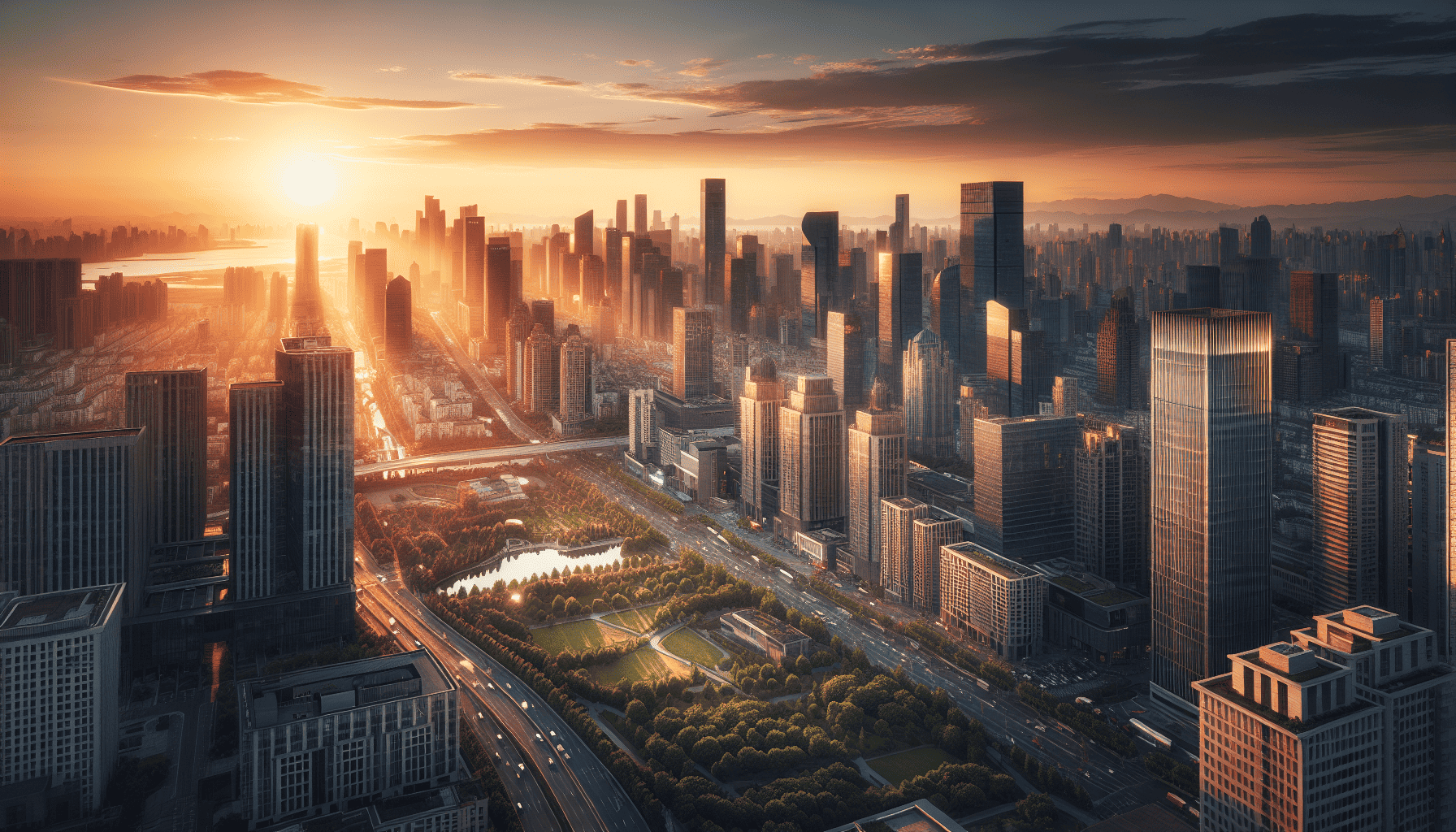As the world continues to urbanize at an unprecedented pace, cities are becoming the primary engines of human activity. By 2050, it is estimated that nearly 70% of the global population will reside in urban areas. This rapid urbanization brings both challenges and opportunities, prompting urban planners, architects, and policymakers to rethink and reshape the future of urban living. Emerging trends in urban living are focused on sustainability, technological integration, and enhancing the quality of life for residents. In this article, we will explore some of these transformative trends shaping the cities of tomorrow.
Sustainable Living Spaces
One of the foremost shifts in urban living is the increasing emphasis on sustainability. Climate change and resource scarcity have forced cities to find ways to reduce their carbon footprint and embrace eco-friendly practices. The implementation of green infrastructure, such as vertical gardens, green roofs, and urban forests, is becoming more prevalent. These solutions not only contribute to biodiversity but also improve air quality and reduce urban heat island effects.
Moreover, energy-efficient buildings, often termed "smart buildings," are integrating renewable energy sources like solar panels and wind turbines. Advanced materials and technologies are enabling new construction methods that reduce waste and energy consumption. Sustainable urban design also encourages compact living spaces, promoting the development of mixed-use neighborhoods where residents can live, work, and play without traveling far.
Technological Integration
Technology is transforming every aspect of urban life, making cities smarter and more efficient. The Internet of Things (IoT) is at the forefront of this transformation, connecting various city services and infrastructure to optimize resources and improve quality of life. Smart grids, intelligent traffic systems, and real-time data monitoring are examples of how technology is being used to enhance urban functionality.
Public transportation systems are becoming increasingly integrated and user-friendly. Cities are investing in advanced transit networks, electrification of public transport, and digital payment systems to make commuting seamless. Autonomous vehicles and drone deliveries are also on the horizon, potentially reshaping mobility and logistics within urban environments.
Enhanced Quality of Life
Modern cities are increasingly focusing on creating inclusive, resilient, and vibrant communities. Public spaces are being reimagined as multifunctional hubs that foster social interaction and community engagement. Parks, pedestrian-friendly streets, and cultural venues are prioritized to encourage active lifestyles.
Health and well-being are also central to the future of urban living. Cities are seeking to provide better access to healthcare, healthy food options, and recreational facilities. Urban planners are incorporating wellness-focused designs that promote safe walking and cycling, contributing to the physical and mental health of residents.
Equitable Urban Development
As cities grow, addressing social inequality and ensuring equitable development have become pressing issues. Gentrification and the widening wealth gap can lead to social unrest and discontent. To combat these challenges, cities are implementing policies that prioritize affordable housing, diversity, and inclusive growth.
Community-driven development and participatory planning processes are gaining traction, empowering residents to have a say in their city's future. Collaborative governance models are being adopted, encouraging cooperation between the public sector, private partners, and civil society.
Resilience and Adaptability
Urban resilience is a vital aspect of future planning. Cities must adapt to the growing threats of climate change, natural disasters, and pandemics. Innovative solutions, such as sea walls, flood-resistant buildings, and resilient infrastructure, are being developed to make cities more capable of withstanding environmental shocks.
Adaptive reuse of existing buildings and spaces is another trend gaining momentum. Converting old industrial sites into living spaces, community centers, or cultural venues is an example of how cities are preserving heritage while accommodating new uses.
In conclusion, the future of urban living is being shaped by a confluence of technological advancements, sustainable practices, and a focus on enhancing the human experience. As urban areas continue to expand, there is a critical need to balance growth with the well-being of residents. By embracing these emerging trends, cities can transform into dynamic ecosystems that are not only environmentally responsible but also vibrant, equitable, and resilient, offering a promising outlook for urban dwellers worldwide.
